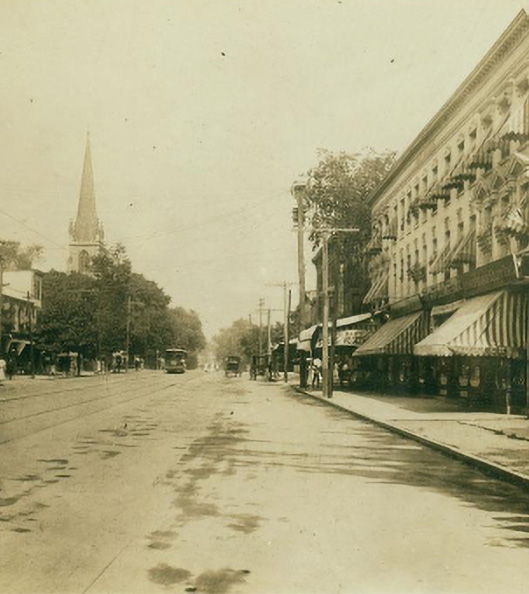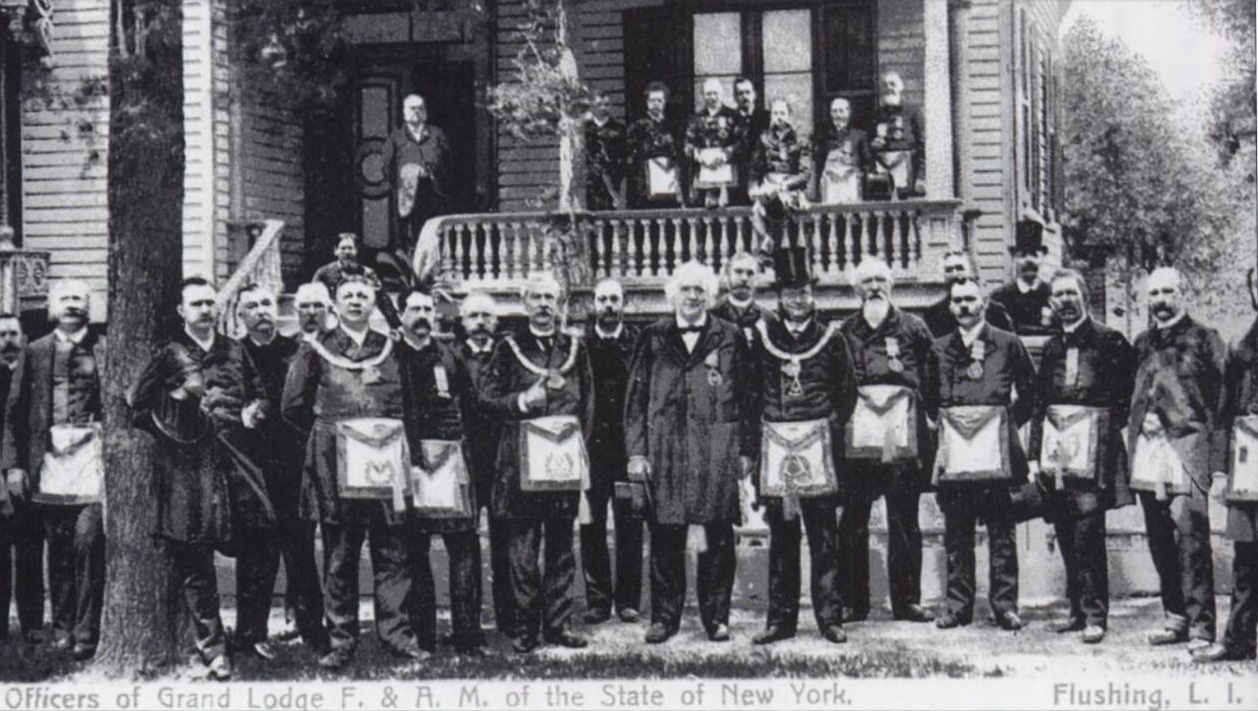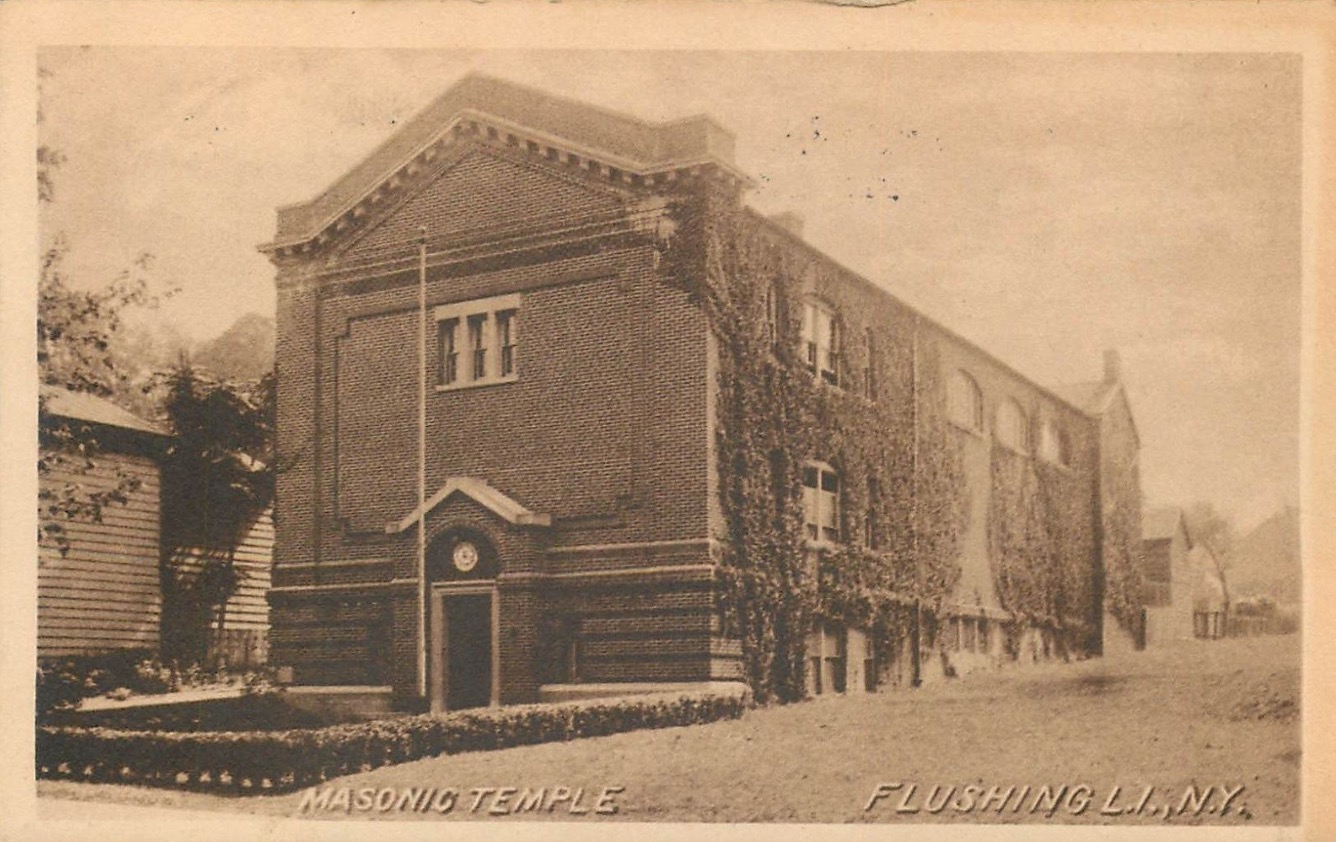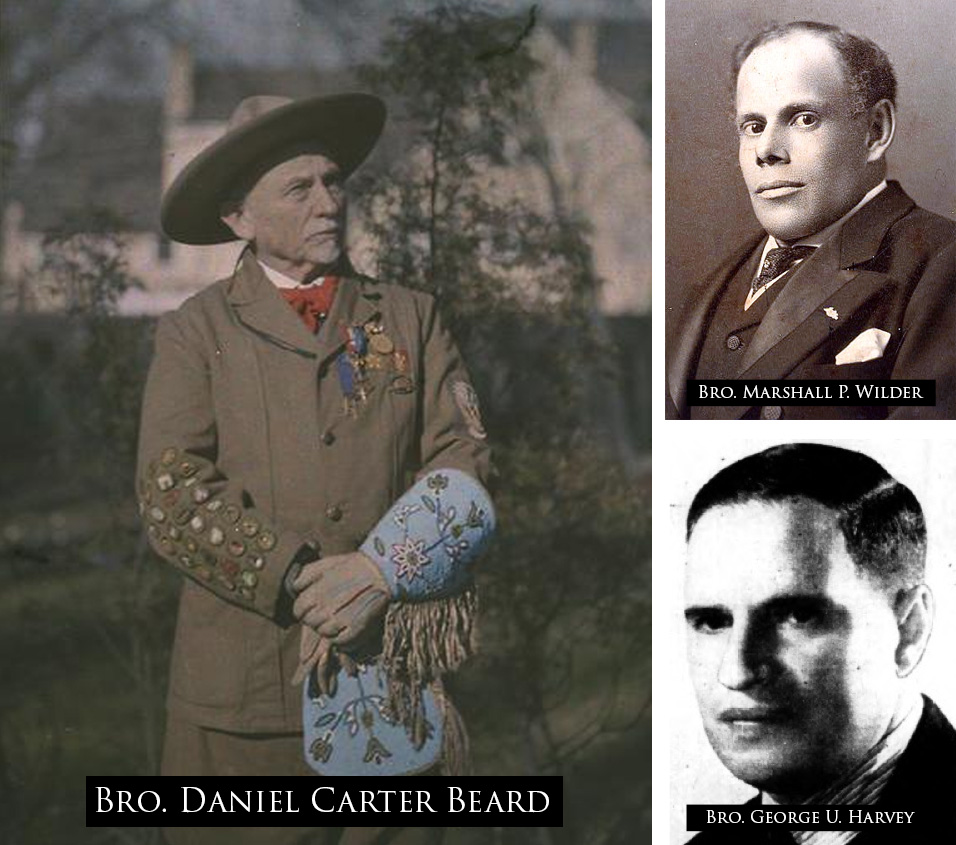About Cornucopia Lodge
Timeline
Discover the journey of Cornucopia Lodge #563 — from its founding roots to its growth as a pillar of Freemasonry in Queens, New York. This timeline captures the key moments that shaped our legacy and continue to guide our future.

September 12th, 1864
September 12th, 1864
Dispensation Issued
The Beginning
A century ago, when the Civil War was being fought to its climax, the cost in men, materials and money was appalling, the reelection of President Lincoln was uncertain, the cost of living was high, and the years of war had brought many doubts and differences to the men of the North.In that time of perplexity, members of the Craft living in and near Flushing Village, imbued with a love of Masonry, filled with Courage and Vision, and confident of their Destiny, set about forming a Masonic Lodge. On September 12th, 1864, a Dispensation was issued to Cornucopia Lodge, the first Masonic organization to be formed in the Village of Flushing.
The Dispensation was signed by Most Worshipful Clinton F. Paige, Grand Master, and attested by James M. Austin as Grand Secretary.

September 14th, 1864
September 14th, 1864
The First Communication
Day One
The first communication U.D., was held on September 14, 1864. The minutes do not disclose where. The By-Laws of Keystone Lodge No. 235 were adopted as the By-Laws to be used by Cornucopia U.D. Morton Lodge No. 63 of Hempstead and Jamaica Lodge No. 546, recommended the granting of the Dispensation. R:. W:. Charles W. Willetts, Brooklyn, was District Deputy for Kings, Queens and Suffolk Counties at the time.
1908 - 1990
1908 - 1990
The Legacy of The Temple
The Edifice
On June 13, 1908, Cornucopia Lodge #563 laid the cornerstone for its Masonic Temple at the corner of Northern Boulevard and Union Street in Flushing. This multi-story brick structure became the first of its kind in the area and was dedicated later that year on November 26 in a ceremonial event led by Grand Master Sawyer, who was presented with an ivory gavel by the Lodge. The temple, built at a cost of $40,000, became a gathering place for countless social events and Masonic rituals, strengthening the lodge's ties to the community. R.B. Thomas, then Commissioner of Education and a prominent figure in the development of Flushing High School, played a key role in overseeing the temple's construction despite never attending college himself.For over eight decades, the Cornucopia Lodge Temple was a cornerstone of Flushing's cultural and architectural heritage. However, in 1990, rising real estate taxes forced the Lodge to sell the building. Occupied by the Siloam Reformed Church until its final days, the temple faced demolition in 2018 to make way for a modern mixed-use development. Although attempts to preserve the site failed, the memories of the historic lodge remain vivid in the hearts of many, representing a chapter of resilience and brotherhood in Flushing’s evolving landscape.

Historic to Present
Historic to Present
Continuing Excellence
Notable Members
Cornucopia Lodge No. 563 has a rich history of members who have distinguished themselves across various fields, including government service, the arts, and sciences. While historical records may not capture all notable Craftsmen, our list of Past Masters highlights individuals who have significantly impacted Flushing, New York City, and the nation.Brother Marshall P. Wilder was a celebrated actor and elocutionist, known for his contributions to the performing arts. Brother Daniel Carter Beard, an author and illustrator, founded the Boy Scouts of America, instilling Masonic principles into the organization. He was initiated in Mariner's Lodge No. 67 in New York City and later affiliated with Cornucopia Lodge No. 563 in Flushing.
Brother John W. Crawford played a pivotal role in the construction and financing of the Y.M.C.A. building in Flushing, leaving a lasting legacy in the community. Right Worshipful William Rasquin Jr. earned acclaim in both Masonry and the utility sector, while Brother Maynard Spear also gained recognition in the same field. Brother Robert Wilkes made significant contributions to journalism, and Worshipful Brother Harry Gelwicks excelled in news and advertising.
Worshipful William T. James and Brother Edgar Bowne distinguished themselves in banking, and Worshipful George W. Pople was known for his various civic activities. Right Worshipful George U. Harvey served as the Queens Borough President, exemplifying the Lodge's influence in public service.
Today, Cornucopia Lodge continues to be home to distinguished members actively serving in government and other prominent fields, upholding the legacy of excellence established by our predecessors.



